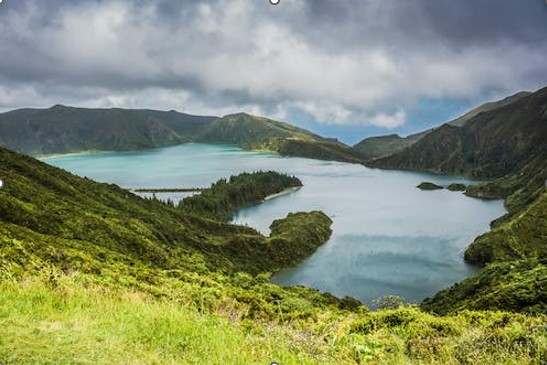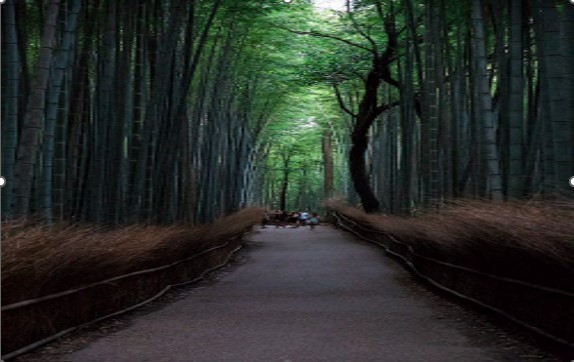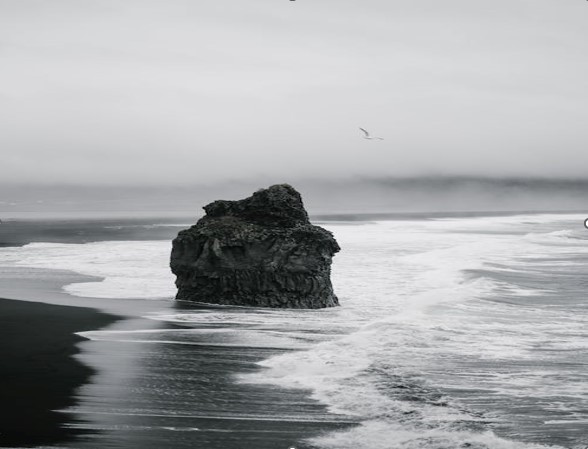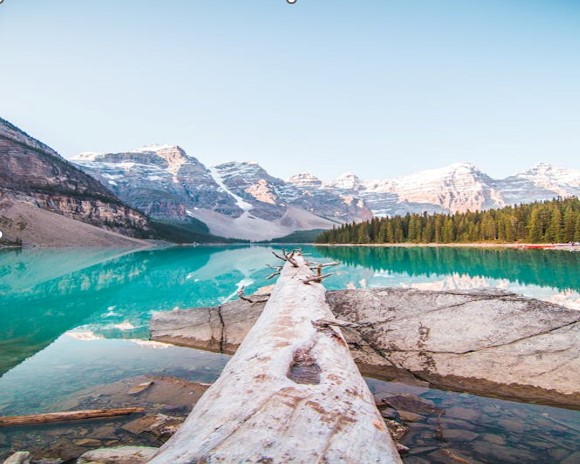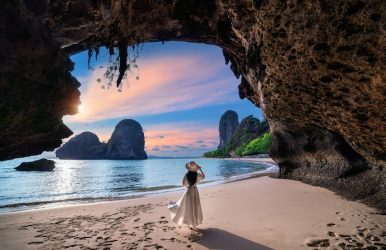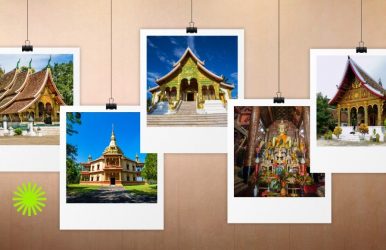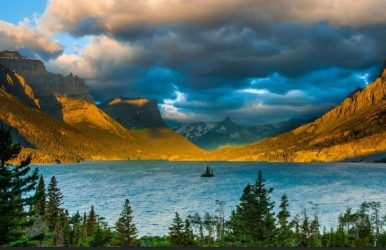7 Reasons Why Phuket, Thailand Attracts Travelers Worldwide
BY Arnab Nov 8, 2022
Phuket, Thailand, is one of the most popular tourist destinations in the world for a reason. With its stunning beaches, perfect weather, and variety of activities to enjoy, it's no wonder travelers flock to this tropical paradise year after year. Here are seven reasons why Phuket should be at the top of your travel bucket list! 1. The Beaches Are Some Of The Most Beautiful In The World Phuket is an island off the southwest coast of Thailand and is one of the most popular tourist destinations in the world. The island is home to some of the most beautiful beaches in the world, with crystal clear water and soft white sand. Phuket also offers a wide range of activities and attractions, from markets and temples to water sports and elephant sanctuaries. In addition, the island has a delicious food scene, with a wide variety of Thai and international restaurants. With so much to offer, it's no wonder that Phuket attracts travelers from all over the globe. 2. The Weather Is Perfect For Year-Round Travel Phuket, Thailand, is a renowned tourist destination for travelers worldwide due to its prime location and weather conditions. Phuket is situated in Southeast Asia and is surrounded by the Andaman Sea. Its strategic location allows visitors to easily access other popular countries in the region, such as Vietnam, Laos, and Cambodia. Furthermore, Phuket has a tropical climate that experiences little variation throughout the year. The average temperature is around 30 degrees Celsius, and the rainy season occurs between May and October. This makes Phuket an ideal destination for those looking to escape the cold winter months. Overall, the prime location and weather conditions of Phuket make it a perfect destination for year-round travel. If you're looking for a luxurious and relaxing vacation in Phuket? Look no further than a stay at one of the luxury hotels in Phuket! With stunning beaches, crystal clear waters, and plenty of activities and amenities to enjoy, you'll never want to leave! A stay at a luxury hotel in Phuket is the perfect way to pamper yourself and enjoy all that this beautiful island has to offer. 3. There’s A Variety Of Activities To Enjoy (Both On Land And In The Water) From Bangkok to Phuket, renowned for its beautiful beaches and crystal-clear water. However, there is much more to this popular destination than just its stunning coastline. Phuket offers a wide variety of activities for travelers of all interests, making it one of the most popular tourist destinations in the world. From exploring the island’s lush jungle interior to enjoying the vibrant nightlife of Patong Beach, there is something for everyone in Phuket. And of course, no visit to Phuket would be complete without spending some time relaxing on one of the many beautiful beaches made famous by movies such as “The Beach”. With so much to see and do, it’s no wonder that Phuket attracts travelers from all corners of the globe. 4. Phuket Is Home To Some Of The Best Restaurants In Thailand Phuket is one of the most popular travel destinations in Thailand, and it's easy to see why. The island is home to some of the best restaurants in the country, serving up a delicious mix of Thai and international cuisine. From fresh seafood to traditional curries, there's something for everyone to enjoy. In addition to its culinary offerings, Phuket is also renowned for its stunning white sandy beaches, the saffron crystal clear waters, with luscious green jungle landscapes. Whether you're looking to relax and rejuvenate or explore and have adventures, Phuket has everything you need for an unforgettable vacation. Even the Bangkok to Phuket bus services is also available and pretty affordable for tourists. 5. It’s Affordable Compared To Other Beach Destinations Phuket, Thailand, is one of the most popular beach destinations in the world. Every year, millions of travelers flock to Phuket to enjoy its beautiful beaches, vibrant nightlife, and its affordable hotels and restaurants. There are many reasons why Phuket is such a popular destination, but three stand out above the rest: its affordability, its accessibility, and its variety. Compare to the amenities, the Phuket package deals are also pretty attractive. Compared to other beach destinations around the world, Phuket is very affordable. Hotels and restaurants are priced much lower than in places like Hawaii or the Maldives, making it possible to enjoy all that Phuket has to offer without breaking the bank. Additionally, Phuket is very easy to get to from most major cities in Asia. direct flights are available from Bangkok, Singapore, Kuala Lumpur, and more. And finally, Phuket offers a wide range of activities and attractions for travelers to enjoy. In addition to its beaches, Phuket also has a rich history and culture, as well as an exciting nightlife scene. Whether you’re looking for a relaxing beach vacation or an action-packed adventure, Phuket has something for everyone. 6. The People Are Friendly and Welcoming Phuket, Thailand, is a popular destination for travelers from all over the world. The island has a lot to offer, from its beautiful beaches and clear waters to its vibrant nightlife and delicious food. But one of the things that makes Phuket so special is its people. The locals are incredibly friendly and welcoming, and they go out of their way to make sure visitors enjoy their stay. Whether it's offering directions or recommending a good restaurant, they always go the extra mile to help. As a result, travelers often feel like they're part of the community rather than just another tourist. And that sense of belonging is one of the main reasons why Phuket continues to attract visitors from all corners of the globe. 7. Phuket Offers Something For Everyone Phuket, Thailand, is a beautiful island that offers travelers a wide range of activities to enjoy. Whether you’re looking for a getaway or for an action-packed vacation, Phuket has something special with tropical vibes to offer to everyone. The island is renowned for its stunning beaches, which are perfect for relaxation or water sports. There is also a wide range of cultural attractions to explore, including temples, museums, and historic buildings. In addition, Phuket offers a great selection of shops, restaurants, and bars, making it the perfect destination for a memorable vacation. With so much to see and do, it’s no wonder that Phuket attracts travelers from all over the world. In Conclusion Phuket, Thailand is one of the most popular tourist destinations in the world for a good reason. The island has something to offer everyone, from its beautiful beaches and clear waters to its vibrant nightlife and delicious food. For more information on planning a trip to Thailand, be sure to check out Simply Thailand. They have all the information you need to make your vacation a success, including tips on where to eat and what to see. So what are you waiting for? Start planning your trip to Thailand today! Read Also: Things To Do When You Are In Pigeon Forge The Best Resort Spa & Wellness Island Experience! 12 Best Things To Do In Sanibel Island – Tour And Travel Guide

